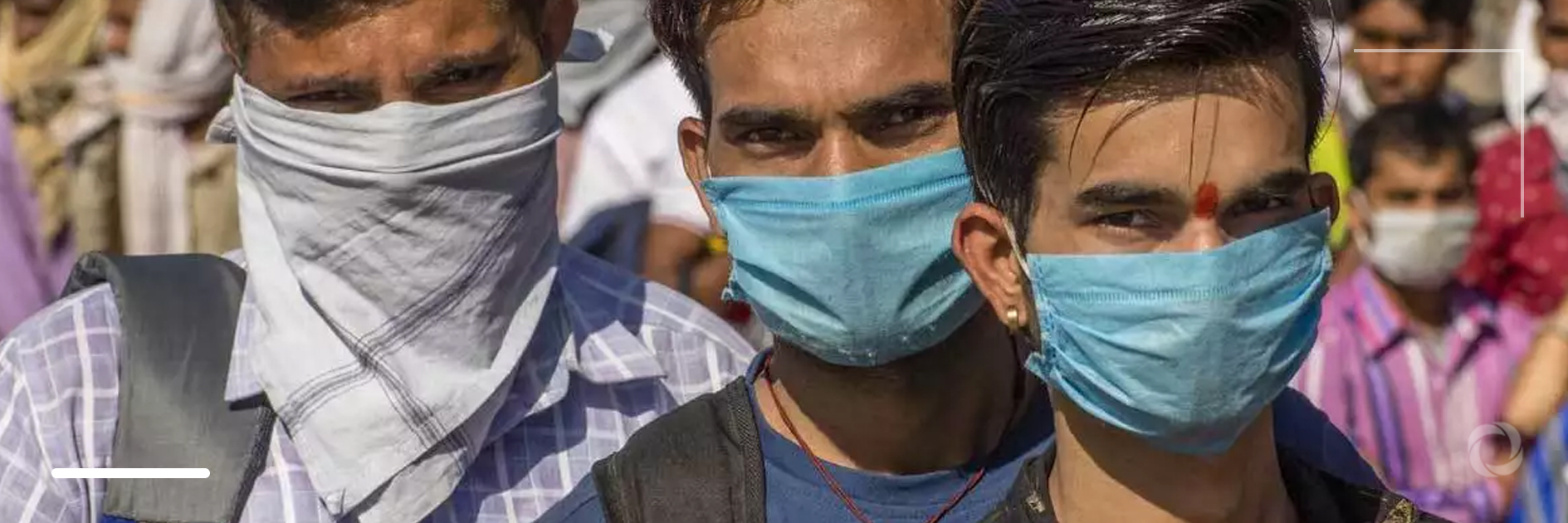A new report by the Asian Development Bank Institute (ADBI), the Organization for Economic Co-operation and Development (OECD), and the International Labour Organization (ILO) has revealed that the current economic and social transitions in the global economy and the unprecedented effects of the COVID-19 pandemic have sharply affected labor migration in Asia.
The report titled ‘Labour Migration in Asia: Impacts of the COVID-19 Crisis and the Post-Pandemic Future’ analyzes labor migration trends in Asia and puts these in the context of economic and policy developments and the changes arising from the COVID-19 pandemic. Offering comparative statistics on labor migration, including evidence on the impacts of COVID-19 on flows and remittances, it has recommended that timely policy responses and innovative approaches are developed to guarantee the effective management of labor migration in the region.
Providing an overview of the impact of the COVID-19 pandemic on flows, the report reviews labor migration and remittances trends in Asia and migration flows from Asia to OECD countries. It also focuses on the future of labor migration in Asia and examines the medium- and longer-term factors that will help to shape this.
- The report examines the fact that while the pandemic was first reported in China, it rapidly spread throughout the world but China managed to largely contain the virus relatively early on
- Despite some cases early in 2020, Japan and the Republic of Korea have largely controlled the spread of the virus with low rates of deaths
- The virus has struck more severely at some of the main migration destination and origin countries such as Singapore which had one of the highest reported rates of infection, mainly among migrant workers
- Deaths in the region relative to the population are highest in India, the Philippines, Indonesia, Bangladesh, and Pakistan
- There was a significant decrease in the number of migrants entering the Republic of Korea
- Similarly, Malaysia suspended the admission of foreign nationals in March 2020, but gradually eased these restrictions for certain categories such as employment pass categories I–III and professional visitor passes
- The Republic of Korea maintained strict regulations on visa issuance, whereas Japan started to allow business people to enter the country from July 2020 although initially limiting entry to those from Thailand and Vietnam
- Deployment and outflows of migrant workers fell across the region, especially during the first months of the pandemic i.e., the Philippines, the single largest origin country for the deployment of migrant workers, witnessed sharp declines
- The outflow of workers in India between April and September 2020 was only 1.6% of the same period in 2019 decreasing from 175,400 to 2,900
- Outflows from Bangladesh in March 2020 fell slightly from 58,500 to 52,000 compared to the previous year and then outflows were suspended from April to June due to COVID-19
- In Pakistan, the figures were sharply down with 225,000 deployed in 2020, down from more than 625,000 in 2019
- Sri Lanka saw deployment numbers drop sharply
- Vietnam also saw a sharp decline in outgoing workers
- The number of workers that Thailand sent abroad during the first six months of 2020 decreased by 60.9%. Thailand banned deployment to certain destinations in the OECD delaying, for example, the deployment of seasonal berry pickers in Nordic countries
- In August 2020, the Government of Nepal reported that over 160,000 Nepalese had returned from different parts of the world
- Nepal has also seen a rise in the percentage of women among migrant workers although from a low level reflecting deployment of care workers to new destinations
- The decline in remittances in countries such as the Kyrgyz Republic and Nepal is expected to translate into a further decline in their gross domestic product
Evaluating the role of digitalization in changing the landscape of international migration, the report has recommended to best utilize technology to facilitate labor mobility. Recommendations are also made to enhance the digital literacy and skills of migrant workers by integrating them into migrant welfare programs throughout the migration cycle.


